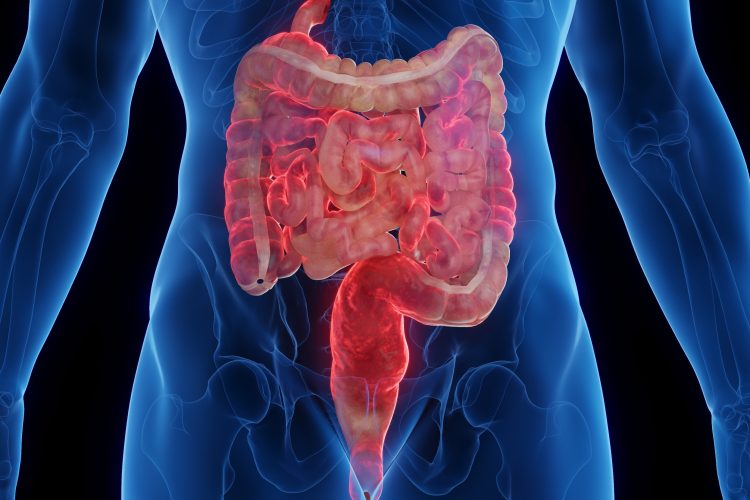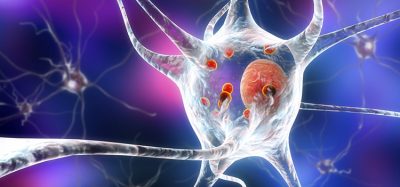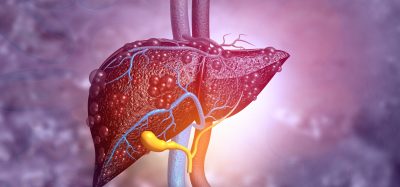Epigenetic dysregulation mechanism in Crohn’s disease discovered
Posted: 12 June 2024 | Drug Target Review | No comments yet
Intestinal epithelial organoids highlight a pathway implicated in CD, named major histocompatibility complex (MHC)-I.


Researchers at the University of Cambridge have grown gut organoids to further the understanding of Crohn’s disease (CD), which could be used to identify the most efficacious treatment for an individual patient. They have demonstrated that epigenetics plays a significant role in the disease and how it presents in patients.
Crohn’s disease, a type of inflammatory bowel disease (IBD), is a life-long condition characterised by inflammation of the digestive tract. Affecting around one in 350 people in the UK, even at its mildest, it can cause symptoms that have a major impact on quality of life including stomach pain, diarrhoea, weight loss and fatigue. Moreover, it can result in extensive surgery, inpatient admissions and exposure to toxic drugs.
Although some evidence suggests that an individual is at greater risk of developing the condition if a first-degree relative has CD, there has been limited success in identifying genetic risk factors. Therefore, it is estimated that only 10 percent of inheritance is due to variations in our DNA.
Dr Matthias Zilbauer, Professor of Paediatric Gastroenterology at the University of Cambridge and Cambridge University Hospitals NHS Foundation Trust (CUH) commented: “The number of cases of Crohn’s disease and IBD are rising dramatically worldwide, particularly amongst younger children, but despite decades of research, no one knows what causes it. Part of the problem is that it’s been difficult to model the disease. We’ve had to rely mainly on studies in mice, but these are limited in what they can tell us about the disease in people.”
Different epigenetic patterns
Over 300 organoids were grown from cells from inflamed guts. These cells were donated by 160 patients, mostly adolescents, which had CD, ulcerative colitis (UC), and from those unaffected by IBD. The organoids demonstrated that the epithelia in the guts of CD patients have different epigenetic patterns on their DNA compared to those from healthy controls. Dr Zilbauer explained: “What we saw was that not only were the epigenetic changes different in Crohn’s disease, but there was a correlation between these changes and the severity of the disease. Every patient’s disease course is different, and these changes help explain why – not every organoid had the same epigenetic changes.”
These organoids could be used to develop and assess new treatments, as well as offering the possibility to tailor treatments to individual patients. Co-author Dr Robert Heuschkel, Consultant Paediatric Gastroenterologist at CUH and Lead of the Paediatric IBD Service, expressed why this is so important: “At the moment, we have no way of knowing which treatment will work best for a patient. Even those treatments we currently have only work in around half of our patients and become less effective over time. It’s a huge problem.”
Furthermore, the study highlighted a specific pathway implicated in CD, named major histocompatibility complex (MHC)-I, which enables immune cells to recognise antigens which could include molecules in gut microbiota. The researchers demonstrated that cells forming the inner lining of the gut in CD patients have an increased activity of MHC-I, which can lead to inflammation in specific parts of the gut. “This is the first time where anyone has been able to show that stable epigenetic changes can explain what is wrong in the gut epithelium in patients with Crohn’s disease,” stated Dr Zilbauer.
Epigenetic modifications were found to be very stable, explaining why even after treatment, when a patient appears to be healed, their inflammation can return after several months. During the development of a baby in the womb, epigenetic changes are programmed into our cells very early. These changes are influenced by environmental factors, which may include exposure to infections or antibiotics – or even lack of exposure to infection, which may provide an explanation for how the epigenetic changes that lead to CD happening in the first place.
Cambridge Enterprise is collaborating with the team and has recently filed a patent for this technology. Moving forward, they are seeking commercial partners to aid the development of this opportunity.
This study was published in Gut.
Related topics
Disease Research, Drug Discovery Processes, Organoids, Personalised Medicine, Targets, Therapeutics, Translational Science
Related conditions
Crohn’s disease (CD), Inflammatory bowel disease (IBD), ulcerative colitis (UC)
Related organisations
University of Cambridge
Related people
Dr Matthias Zilbauer (University of Cambridge)








